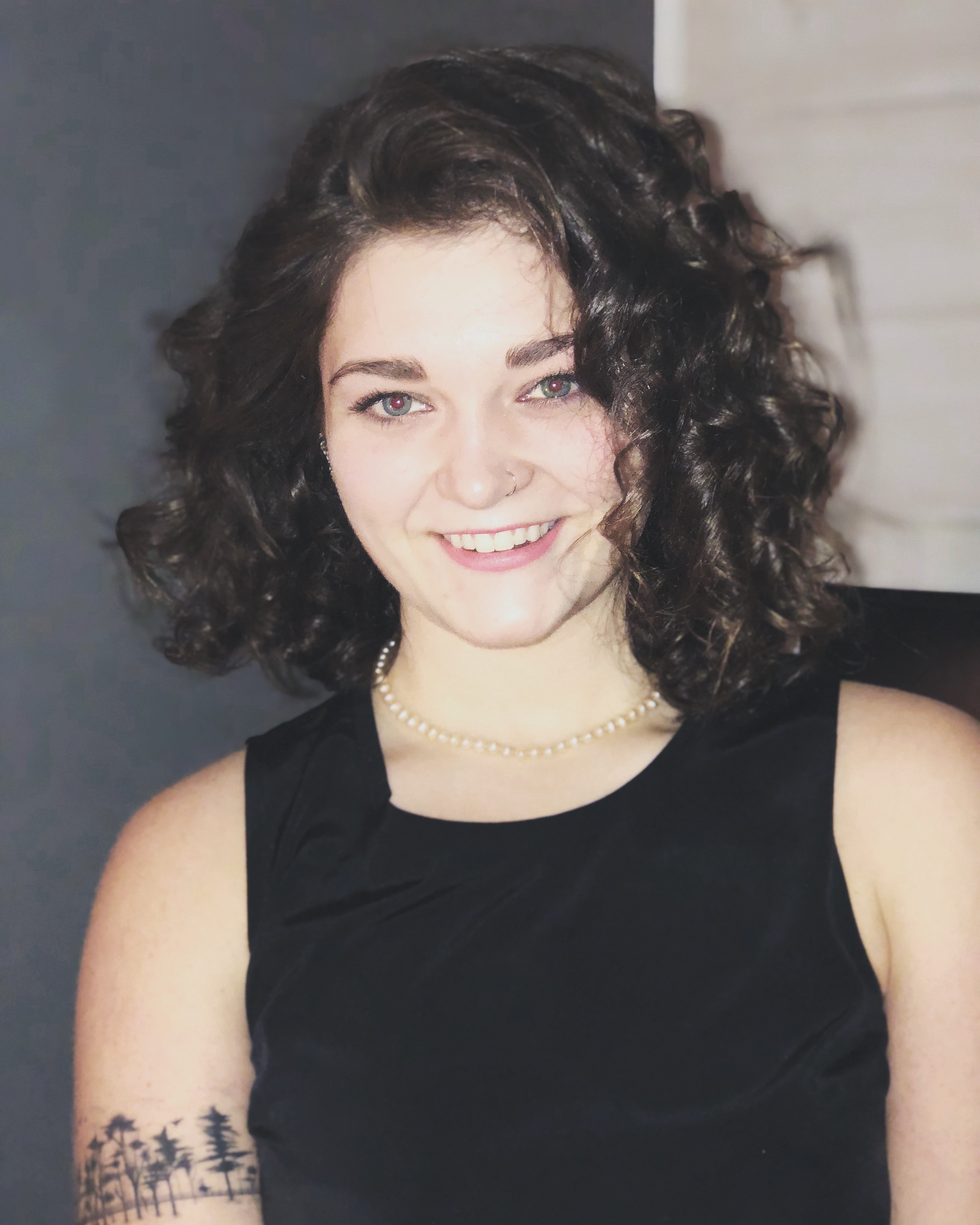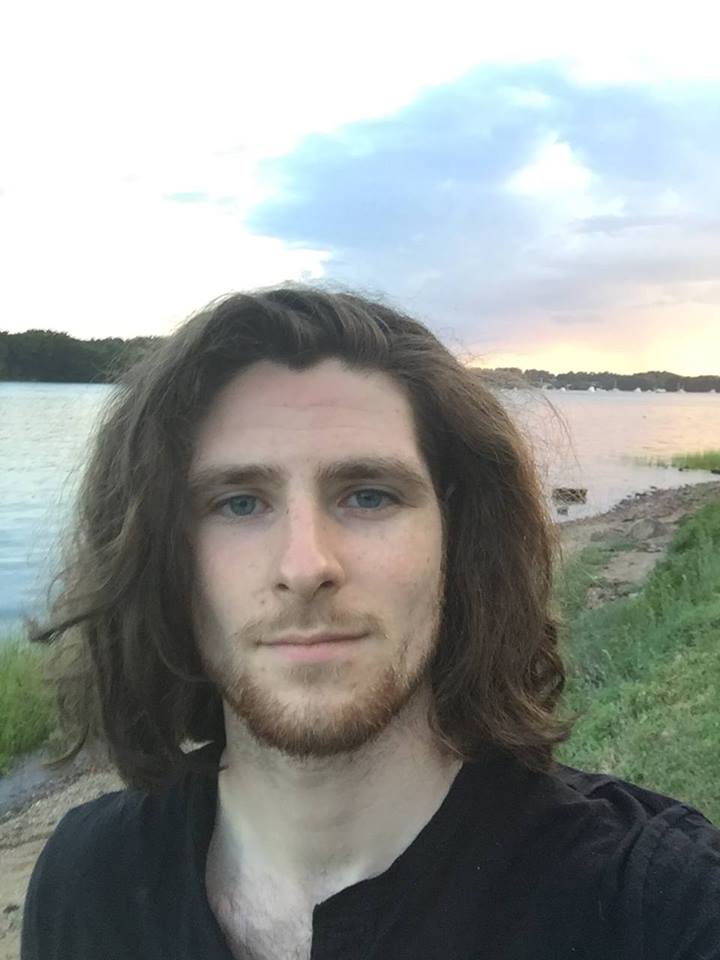Below is a summary of the abstract you submitted. Presenting author(s) is shown in bold.
If any changes need to be made, you can modify the abstract or change the authors.
You can also download a .docx version of this abstract.
If there are any problems, please email Dan at dar78@pitt.edu and he'll take care of them!
This abstract was last modified on May 1, 2018 at 7 p.m..

Bacteriophages are useful for studying evolutionary questions and in medical applications, such as phage therapies. A novel bacteriophage capable of infecting the host Gordonia terrae was isolated from a wastewater treatment facility in Farmington, Maine, named Frokostdame, and its genome was sequenced, assembled and annotated. Frokostdame is a Cluster CV siphoviridae phage that produces small, clear plaques and consists of 52,531 bp and 84 genes. A translational frameshift was found in a tail assembly chaperone sequence, and gene with likely S-integrase and antirepressor functions were identified. No genes corresponding to an immunity repressor or excise, however, were found, and more information is needed to confirm Frokostdame’s ability to produce lysogens. This adds to a growing database of actinobacteriophage research that may be useful in future research to understand gene evolution and combat antibiotic resistance.


